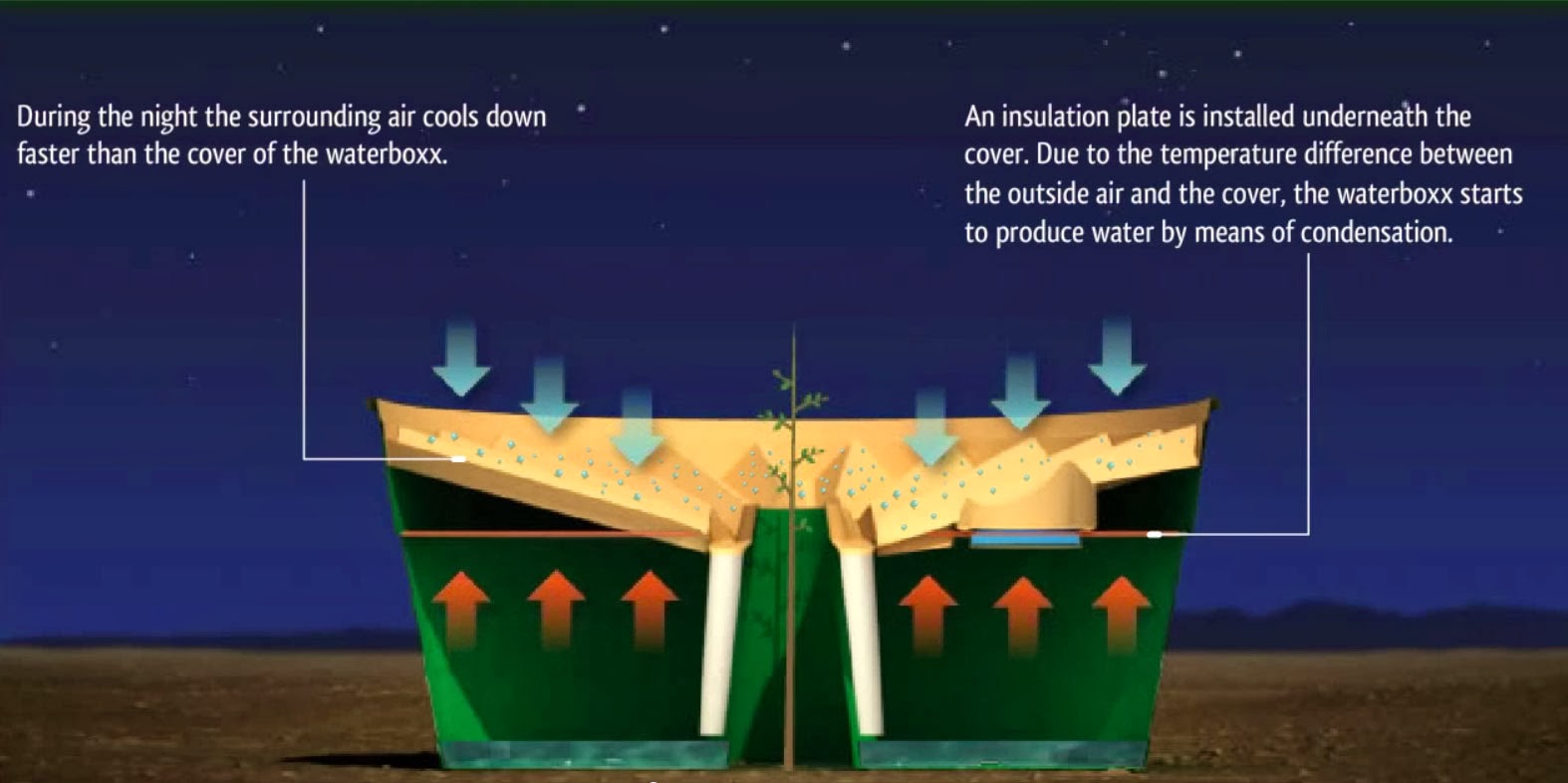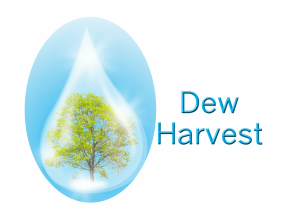First, many store bought trees are dug up prior to sale, and much of their root mass is removed during this transplant process. This can be so traumatic that the tree can have trouble pulling enough water and nutrients from the soil to sustain its trunk, branches, and leaves. This then results in leaf loss, which means less energy available to grow deeper or wider roots. If a tree does survive this downward spiral, it may be weak for years to come, and frequently doesn't exhibit strong growth for several years after planting.
More frequently, trees are acquired from a big box store in pots that they have been growing in for several years. This presents an entirely different problem. People usually select the tree based on a healthy appearing canopy, and only at planting do they realize how container bound and misshapen the roots have become. This tree can be planted, but these disfigured roots will cause many problems for the tree. First, the tree will be more likely to shift or blow over in high winds. Secondly, as the tree now lacks its primary root, the roots will grow laterally and stay near the surface. This means they can quickly absorb moisture when it rains, but are very prone to drought damage when there is no rain and the upper level of the soil dries out.
The only real way to combat these two problems with the roots of store bought trees is frequent watering. Depending on the number and size of the trees, this usually involves bringing a hose or large watering can out to the trees at least twice weekly. The hose must then be returned. Most of the water given to the tree is of course wasted (as it evaporates or bypasses the roots upon entering the soil). This approach is very time intensive, and can be very expensive depending upon water cost in the summer.
A smarter, more efficient, less expensive, less time consuming, and more natural way to plant trees is planting with the Groasis Waterboxx. When planting with the Waterboxx, you purchase (or find) smaller trees referred to as saplings, which still have healthy, intact primary roots. These trees can be purchased for much less (usually around 1/10 to 1/25th the cost of store bought trees) from arborday.org and other sites. One to two of these trees are then planted with each Waterboxx in small holes. The Waterboxx is filled with water one time only. This water, as well as new water collected from dew and rain, is slowly released through a wick in the base of Waterboxx to the roots of the young tree. This induces the tree's primary root to grow straight down (vertical) rather than out (lateral) like you would get with frequent hose watering.
 |
| Originally from Groasis.com |
The Waterboxx planting method is so effective that when two trees were planted in each Waterboxx, 99% had one surviving after one year in a Sahara Desert planting trial After the tree's root reach deeper underground water (usually around a year after planting), the tree experiences a growth spurt and becomes too large for the Waterboxx to remain in place. At this time, the Waterboxx is carefully removed (being careful not to damage the tree's canopy), and reused for up to ten years. The Waterboxx planted tree is then resistant to drought due to its deep roots away from the drier top layer of the soil. The Waterboxx method also means much faster growth for the tree, as there is generally no period of die back and transplant shock from which to recover. The Waterboxx never needs to be refilled, and only needs to be revisited when it is removed.
 |
| Originally from Groasis.com |
The Groasis Waterboxx has an up front cost separate from the cost of the tree, while store bought trees only have one (albeit usually high) price. For this reason, tree planters sometimes lean towards larger store bought trees without using the Waterboxx. However, when all factors are considered (including the cost of labor and water, cost of potting soil, and other costs), the Waterboxx almost always pays for itself in the first year of use. You can enter numbers yourself on our Waterboxx cost calculator, and see if the Waterboxx makes financial sense for you.
Regardless of the financial case for buying a Waterboxx, the Groasis Waterboxx will dramatically increase tree survival, conserve water, and decrease work of planting new trees. You can buy the Waterboxx from Dew Harvest in the United States. We would love to hear your comments below - to leave one, please click on "Comments".
Our Sources:
http://www.clemson.edu/extfor/urban_tree_care/forlf17.htm






